Want To get Rank Higher on Google in 2023? | On-Page SEO Techniques
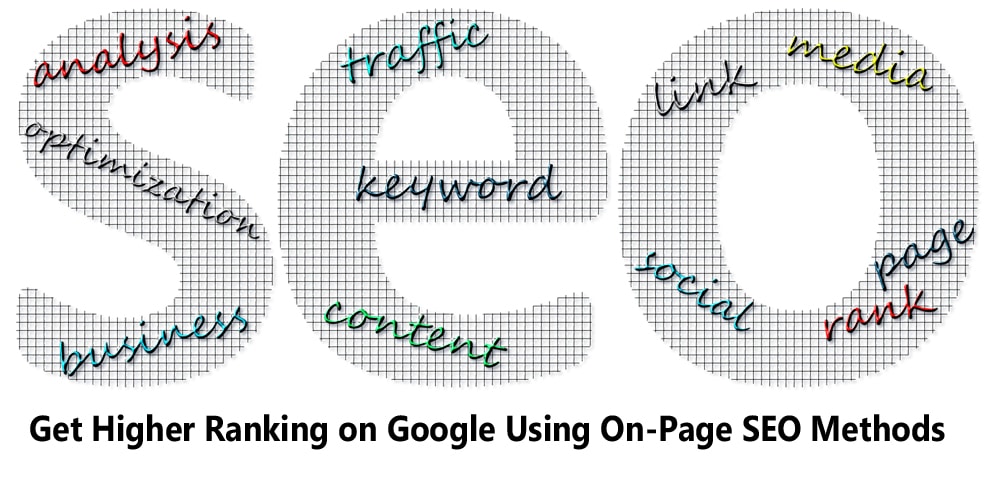
How to rank higher on google? – There are many ways to rank higher on Google. However, all of them have one thing in common: You need to be creative. If you need to be more creative with your SEO and content marketing strategy right now, you might be slipping down the rankings within just a few years.
So, here in this detailed guide, we will discuss key strategies required to rank higher on the search result.
Why is it important to rank at the top?
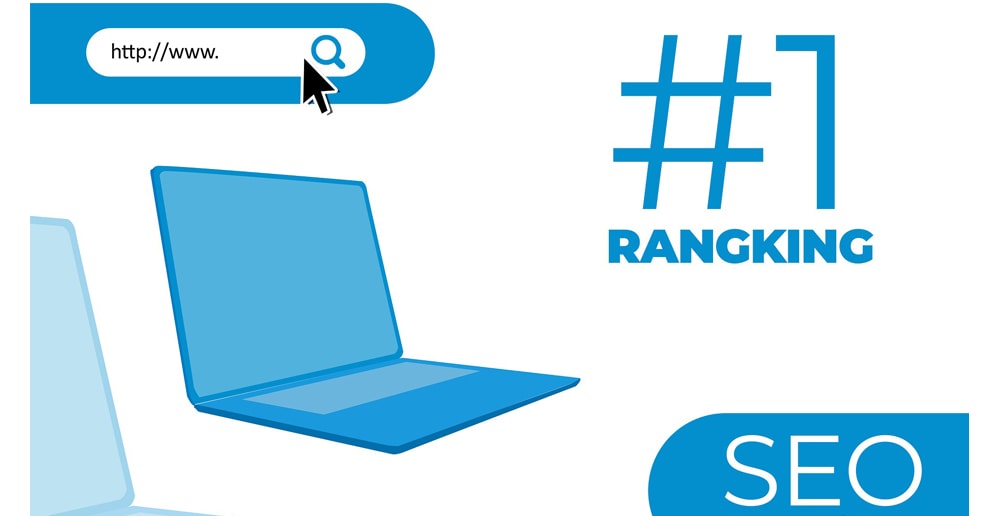
It is crucial to know your numbers. If you need more traffic coming to your website, then there’s no way you’re going to make money online. And if you want a steady stream of traffic coming to your site, it all starts with the search engines. You need to pull people in through Google or one of the other search engines so they can see what you’ve got to offer.
Some of the Cons for Not Doing On-Page SEO Correctly
The top ranking is a success, but it takes work to achieve. You will have to put in a lot of effort along with a time when you are working on your SEO strategy. It involves aspects like keyword research, link building, content creation and promotion and much more, which are critical for ranking your website on Google. If you ignore even one aspect, your efforts might be well-spent.
1. Absence of links:
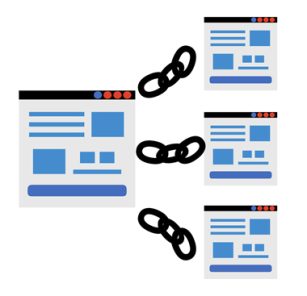
2. Commonly Used Title Tags:
The title tag is the most probable way to make your search answer on “how to rank higher on google” on google in the search engine. Search engines aren’t dumb, and they know what they are doing. They look at what you’ve done with your titles and decide whether they want to show it above other websites. If you don’t make it clear with a good title tag, there’s no point in coming again. As a result, it will be dropped as soon as the search engine learns about the website.
3. Excessive 404 errors:
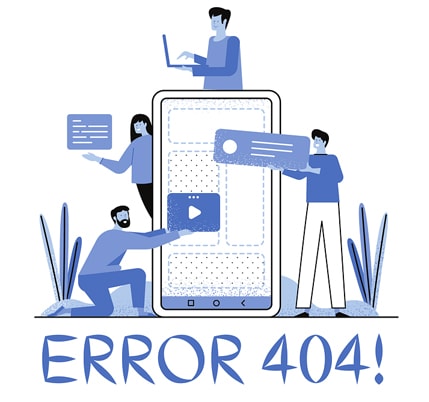
This is a very common issue with most website owners, who need more time to check it. 404 errors are a big issue regarding ranking your website in the search engine. If you have only a few 404 pages on your website, then search engine robots or Google will take it as a minor issue, and they won’t care much about it. But if there are fewer 404 pages on your site, it will positively affect your ranking.
4. A plethora of 301s:
301 redirects are okay, but many website owners need to learn how to use them. If you have a lot of 301s on your site, it will bring down the ranking of your website. Search engines don’t like 301s at all. The best way to handle the 301 is to set them up when you know you’re redesigning a website.
5. Ambiguous URLs:
The search engine uses URLs to decide your search engine ranking as well. You will think it’s nonsense, but it’s one of the facts you need to know. If you have a lot of URLs on your site, only having a common word in them and if there is no other content on the page, then you will face a big issue of ranking well in the search engine results.
6. Text in title tags and link text that is not essential:
Search engine search for the important stuff. One of the many essential texts that search engines would like to see is the text in the title tag and link text on your website. Having a lot of unnecessary text in title tags and link text will be something which can bring down your search engine ranking. If you have any doubt, like your title tag doesn’t say anything, you can always check with the search engine what it likes to see in such cases.
7. Slow loading of the website:

Search engines are smart robots. They know that they need to search for information, and they need to get it fast. If your website is slow and takes a lot of time to load, then the search engine will skip your website completely.
8. Unnecessary images:
Images are the real thing which can bring down your search engine ranking badly. But if you don’t mind unnecessary ones on your website, making them black for the sake of it is not good either.
Some of the Pros for Doing On-Page SEO Correctly
- – Consistent ranking on Google
- – Better conversions
- – Higher visibility in search engines
- – Less competition on Google
The benefits of SEO are tremendous, and it really pays off. The possibility for high rankings is huge when you incorporate SEO properly into your website. What’s more, this ranking helps bring in more customers, which can result in better conversion rates and conversions per page views. In other words: a higher rank equals an increased amount of traffic that you get towards your website.
How to Rank Higher on Google – 10 Essential On-Page Tips and Methods to Increase Ranking
Here are some tips to rank higher on google:
1. Conduct extensive keyword research
If you cannot choose a niche suitable for your business and run a profitable online business, then don’t do SEO. It is fine to spend 50-100 hours if your website converts only $50 per month. You might think it’s not a big issue, but trust me, it is.
Consider it this way: You are producing products, services, or material you know people are interested in.
That’s why you first created the website.
So what are they doing to get access to the information they need? They Google it, which is a straightforward solution.
We have reached the crucial question at this point.
To obtain the information, what do they type into the search bar?
What causes the money to flow into your wallets is that. The cornerstones of your SEO strategy are the phrases they utilize to convey what’s on their minds.
They are known as keywords.
Keyword research should be the foundation of every internet marketing plan since it helps you comprehend your target market and its interests.
Finding out what the target market is searching for and figuring out how you, as the website owner, can use these keyword suggestions to produce content that appeals to consumers are the two main goals of keyword research.
2. Develop Content Using Search Intent
Search Intent is just like a type of user intent that is generated to understand and analyze the interest of the users. This tells you what they are searching for when they type in your website keyword or look for it online.
What you need to focus on, though, is that this information must be extracted from their search engine results.
Knowing what users are looking for and how they engage with a specific keyword can help you choose the best keywords to know “how to rank higher on google” in the search results, generate more traffic and make more sales.
Let’s examine a particular instance.
Now that my new home is nearly finished, I want the interior to be finished. The issue is that this is my first home, and I have zero talent for interior decorating.
I, however, am the least concerned since I am prepared with a resource. Google.
So why fret? Here is how I came to think about the concept of search intent.
Consideration 1: Advantages of interior design
Second Thought: What are the most recent developments in interior design?
Third question: What would interior design cost?
Thought 4: Which Manhattan interior design companies can I rely on?
Thought 5: Get in touch with a design firm.
Let’s say you are the interior decorator I’m looking for. How can you capture my interest in your company rather than that of your rivals?
There is an easy solution. Until I become a client of yours, you must follow my train of thought and provide me with pertinent information at each level.
You must make sure there is pertinent material that fulfils my objective in order to do this.
For instance, if I come across your service website while browsing for benefits, I’ll push the back button since I have yet to make up my mind.
In order to get the most out of SEO, you must tailor your content for each of these stages.
Each of these sites’ content must be optimized using keywords that are relevant to my purpose.
Let’s define the term “Search Intent” right now.
The term “search intent” relates to the purpose behind each search query that your users make. It is also referred to as “user intent” or “audience intent.” In general, everyone who conducts a search on the internet anticipates finding anything.
3. Analyze and remove existing Google penalties:
Google regularly checks the sites on the web and detects any anomalies. Most of the time, people tend to ignore these detection activities and leave the site for a longer period of time.
The main purpose of regular checks is to ensure that no one is abusing any Google services to create spam content, etc. Sometimes such penalties can even be declared by Google.
However, occasionally a website could be haunted by a spirit from the past. We refer to that as the “Ghost – Google Penalty.”
The worst-case scenario for most SEOs and website owners is that once a website gets into Google’s bad books, search engine ranking becomes an incredibly difficult undertaking.
You need not be concerned. You are usually secure if you bought a brand-new domain rather than an expired one.
Another thing to keep in mind is that the SEO agency you are working with right now ought to be the best and shouldn’t engage in any black hat SEO tactics that might get you into serious problems.
If you already utilize any SEO tools, checking Google Penalty history is simple.
Watch for a sharp drop in organic traffic; this is the first sign that Google is not enjoying the site.
The most frequent cause of this is the use of artificial backlinks that violate Google’s rules.
Here is a method for finding artificial backlinks.
a) Analyze Every One of Your Backlinks:
Examine the number of links leading to your website to see whether they are actual, contextually relevant links. If the response is no, it implies that your agency is spending your money to develop links that are damaging your website and devouring it from the inside out.
The simple cure is to disassociate yourself from that agency right away, then look for another reliable SEO firm that can help you generate excellent backlinks while also helping you get rid of the spammy ones.
b) Analysis of Anchor Text
The text that creates your link and directs people to your page is known as anchor text. You must immediately adjust your path if you discover that the bulk of your anchor text is the same.
Google despises exact match anchor text because it indicates low-quality link construction. It’s one of the factors that might make Google penalize your website.
c) See if the website has been hacked.
Your website was hacked, which is another potential explanation for why Google stopped sending visitors there. Google temporarily eliminates websites from the search results if it discovers harmful code on the site.
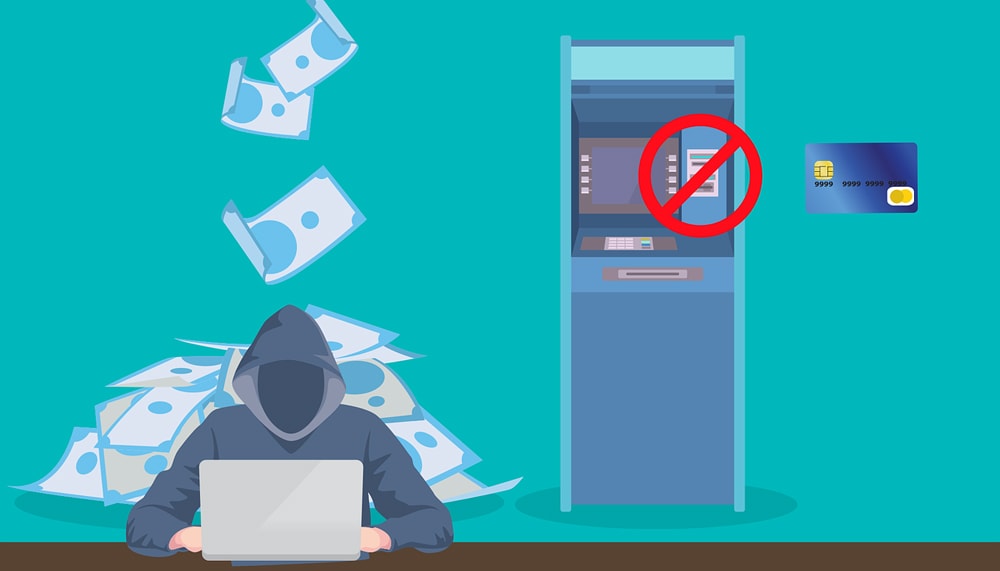
By examining your website using the Google Safe Browsing test, you may determine if it has been compromised.
The pages will resurface once you delete the harmful coding and resubmit the sitemap to Google as and when the search engine’s spiders visit your website.
4. Attempt To Lower Bounce Rate
The bounce rate is one of the major reasons why most websites don’t rank well. Search engines consider low-quality content spam. So, it’s important that you create corresponding high-quality content instead of making low-quality ones which can bring down your ranking.
By improving your bounce rate, you can improve your search engine ranking because search engines make use of this metric to determine how high or how low you should rank in their SERPs.
If people are viewing your site and leaving it soon, Google won’t think highly of it.
Bounce rate statistics, though, should be fine with you if your website places a strong emphasis on content. Users don’t need to browse other pages when they can find all the information they need on a single page.
Having said that, keep a close eye on how long visitors spend on each page. If this duration does not correspond to the length of your material, it is cause for concern.
5. Publish only top-notch content
People use search engines to find information.
They use words like how many miles per gallon a car gets, what ingredients are present in a particular product, or any other kind of product you can think of.
It is fine to publish low-quality content every single day. That will only get old within a few months, and you might face serious loss of web traffic.
This is an important factor to remember since Google values backlinks highly. Additionally, the majority of well-known websites now employ pillar cluster content strategy to improve their Google rankings.
Long Content
Although there is no “optimal” word count for blog posts, 3000 words or more tends to work well in terms of link building.
Visual Materials
Additionally, think about including visual materials like infographics, films, flowcharts, and maps.
Uniqueness
When producing material, make an effort to be original.
Ensure that your writing is easy to grasp and devoid of grammatical errors.
6. Enhance technical and on-site SEO
To discover information, people utilize search engines.
They utilize terms like the fuel efficiency of an automobile, the components of a certain product, and any other type of product you can think of.
It serves no purpose to post poor-quality information consistently. That will quickly get stale after a few months, and you risk losing a lot of website visitors.
Under the hood of your website are two crucial elements: technical SEO and on-page SEO, which is often referred to as “on-site SEO.”
You have the ideal recipe to rank on Google when you have excellent content combined with flawless on-page and technical SEO.
The most popular on-page SEO strategies often involve enhancing title tags, content, internal links, and URLs.
Search engines’ crawlability
Search engines utilize robots to “crawl” or “spider” your website. Links are used by robots to discover information on your website. The most important content on your website will be clear to them thanks to a carefully thought-out internal linking structure.
However, there are more ways to direct robots. If you don’t want them to crawl certain materials, you may, for instance, stop them. You might also give them permission to crawl a page but tell them not to show it in search results or click any of the links on it.
Remove all dead links.
Because websites are ongoing works in progress where individuals add and remove content, many of them contain at least a few dead links. Fortunately, you may retrieve broken links on your website with the help of tools.
Get Rid of Duplicate Content
If the same content appears on different pages of your website or even on other websites, search engines could be clear. The result might be that all sites with the same content are ranked lower overall.
You need to be aware of it to be working with duplicate information. Due to technological difficulties, the same material may appear under several URLs. Visitors won’t notice a difference, but search engines will, as they will see the same material on a new URL.
On the other side, technical SEO is frequently mentioned together with your website’s speed and accessibility. Technical SEO is more difficult to adopt than the other SEO strategies we’ve covered so far, assuming you have the necessary resources or knowledge.
7. Become familiar with the Google algorithm
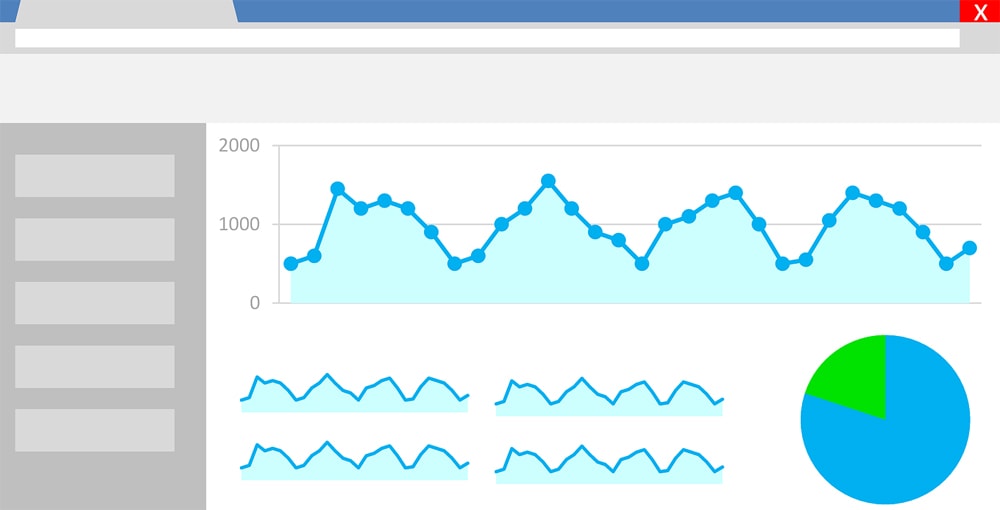
The Google algorithm is an essential part of SEO that you should know about.
It dictates various factors for website search engine ranking, and no one can infer the exact process behind its functioning. And hence, it isn’t easy to manage. But with proper research, you can effectively utilize it in making your site rank well by understanding how the search engines work.
Here are a few significant Google Updates you need to be aware of.
- The Page Experience Update (June 2021) affects organic results, news alerts, and core web vitals.
- Core Update (December 2020): The relevance and quality of the information were the main concerns of this update.
- Googlebot now analyses all webpages as if they were smartphones, giving priority to those that work well on mobile devices (Mobile-first upgrade, July 2019).
- Update on mobile-friendliness (April 2015): Favoring websites with mobile-friendly versions and establishing the basis for potential fines in the future if sites fail to comply.
- (July 2014) Pigeon: With this upgrade, Google Maps and other local search results were integrated.
- Google launched the Penguin update in April 2012 after deciding that enough was enough with link spammers. This is regarded as one of the most notorious upgrades in Google history, which at the time forced the closure of several link-selling internet marketing firms. As part of Google’s core learning algorithm, the Penguin update may now learn from and make decisions based on datasets.
Improve the website speed:
The slow loading time of your website is one of the major drawbacks that you will face while you are trying to increase the ranking of your page on search engines. Slow-loading websites can make the user leave your site in frustration and then come back only after a few days or even weeks.
8. Monitoring and Tracking Metrics
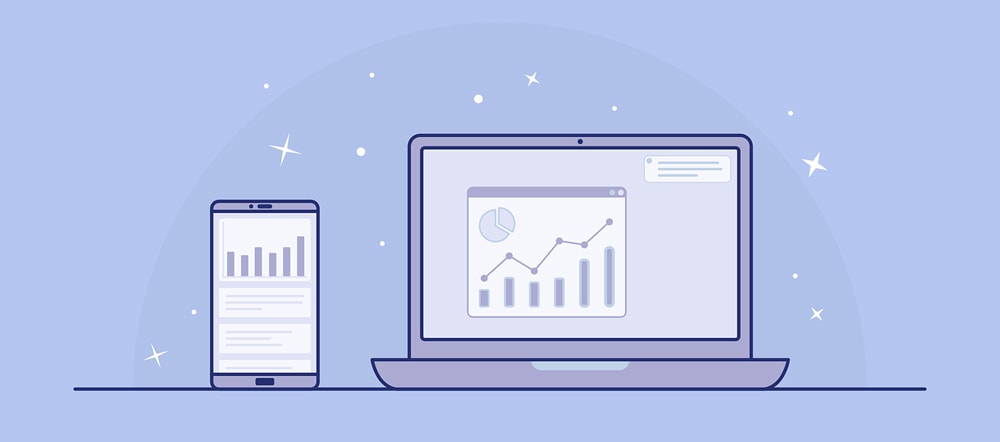
It’s now time to keep an eye on a few crucial website metrics to determine what else needs to be adjusted. These parameters should be taken into account over all others.
Natural Traffic
Understanding how Google users arrive at your website is crucial. In the past, non-organic sources like sponsored search and social media lagged behind organic search in terms of page visitor generation.
Though this varies considerably by business, nowadays, social media, email, and paid marketing routinely outperform traditional methods for obtaining organic visitors.
To figure out how many people visit your website, sign into your Google Analytics account and look at the acquisition channels report.
Terms People Used to Find Your Website
In addition to examining search traffic, it’s critical to pay attention to the terms that bring users to your website. Even while it’s more challenging to assess than it formerly was, it’s still quite achievable.
Utilizing Google Search Console is possible (formerly called Google Webmaster Tools). You might learn how many clicks you receive from organic search results for particular keywords.
There is a tonne of additional tools available that can assist you in determining which keywords are bringing more visitors to your site.
Think about establishing an SEO dashboard
Google Analytics is a good option if you’re on a tight budget, but if you have more cash to spend, SEMRush or Ahrefs are better options.
These tools can assist you in determining your action plan for the upcoming months and in seeing how effectively your website performs month over month. Also, if you list your site as a project, tools like SEMRush and Ahrefs can alert you about a decline in keyword ranks. It will also help to know how to rank higher on Google.
These products offer free and frictionless Google Analytics connection, giving you data that is very close to being correct.
9. Website Structure & Design:
Make sure that your website is user-friendly and easy to navigate. That’s what people will judge your website on. Introducing website templates, plugins, catchy buttons, and images also can help you get better results for ranking in search engines.
When optimizing the website for search engines like Google, your website design and URL structure are equally important.
If a visitor finds it difficult to switch between your website’s landing pages or runs into a dead end with a 404 error message because of a broken link, for example, your website could be more user-friendly.
Furthermore, Google dislikes websites that promote a poor user experience.
Therefore, it is essential to improve certain website elements, especially if you want to accelerate your SEO success.
Run a mobile-friendly test as well to ensure you get all the people who use a mobile browser to view your website.
10. Competition
When optimizing your website for search engines, you must respect the competition in your sector or line of work.
Yes, it does take longer to get your website to the top of SERPs the more competition there is.
In order to outperform the other competitors in the sector, you must first determine the level of competition for ranking web pages, then focus your SEO efforts and come up with more creative solutions.
Conclusion
Only bring old anxieties into the new year if you’ve previously avoided SEO. Yes, we have provided a lengthy list of actions to rank higher on google and changes to do, but as you have surely noticed, many of these are interrelated.
For instance, creating more backlinks from high-quality content increases your trustworthiness. Lowering your bounce rate, which tells Google that users trust your site, is another benefit of increasing page speed. You see what I mean.
Therefore, even though it may seem like too much effort, if you’re working on one part, you’re also likely engaged in a number of other components. And, if you don’t know where to start, your content is a good place. Because all clicks at the end return to your content.